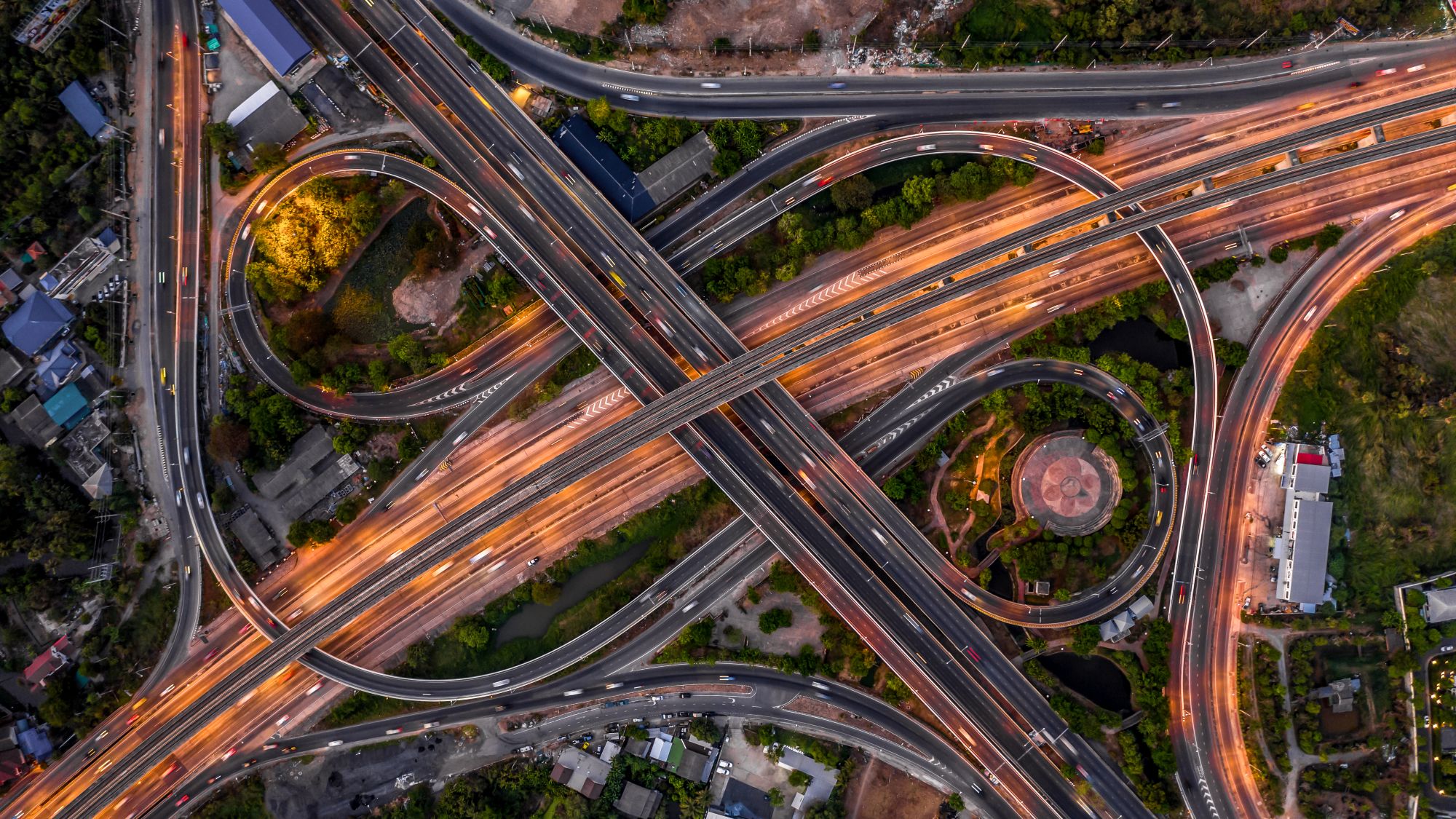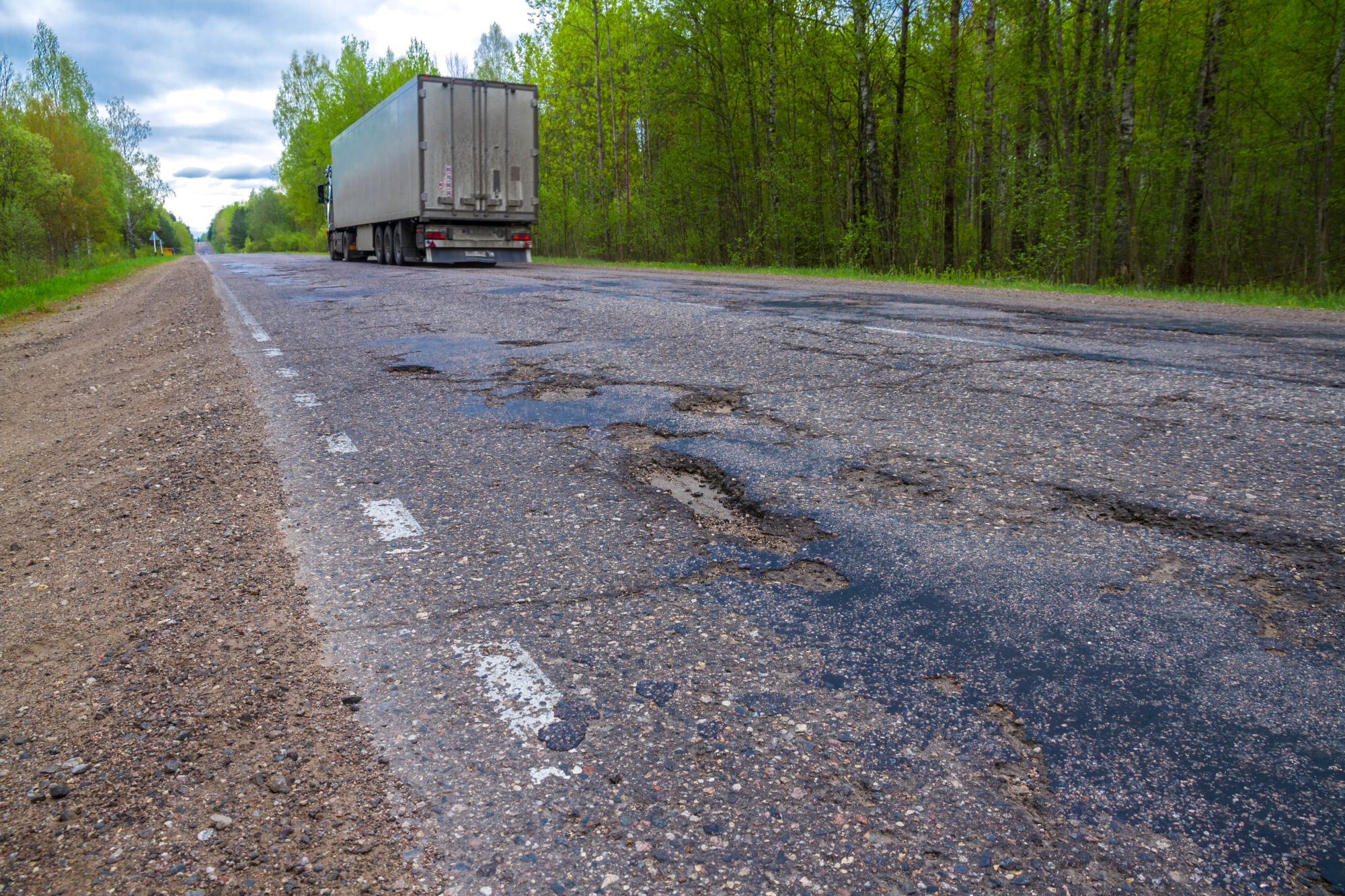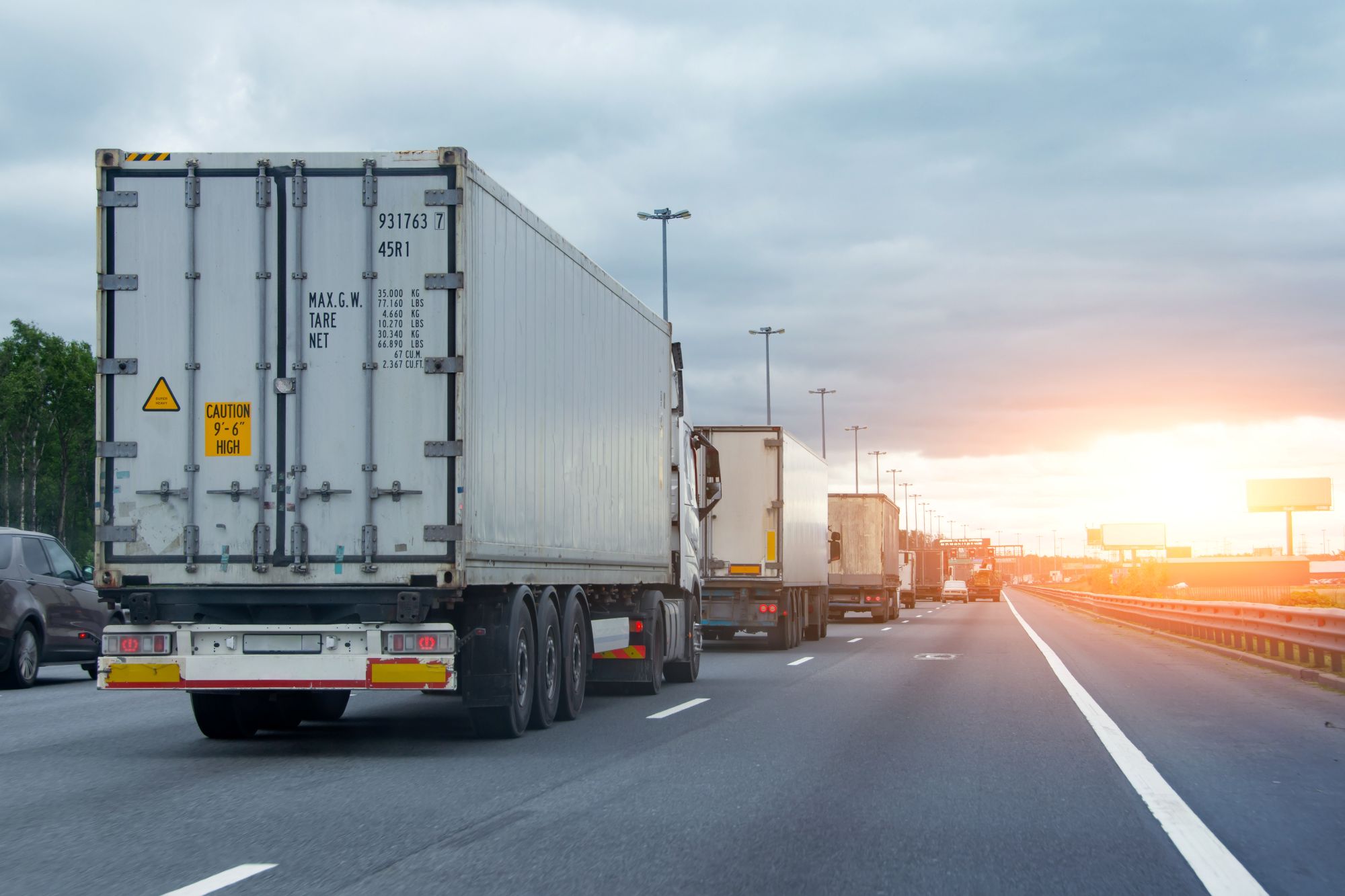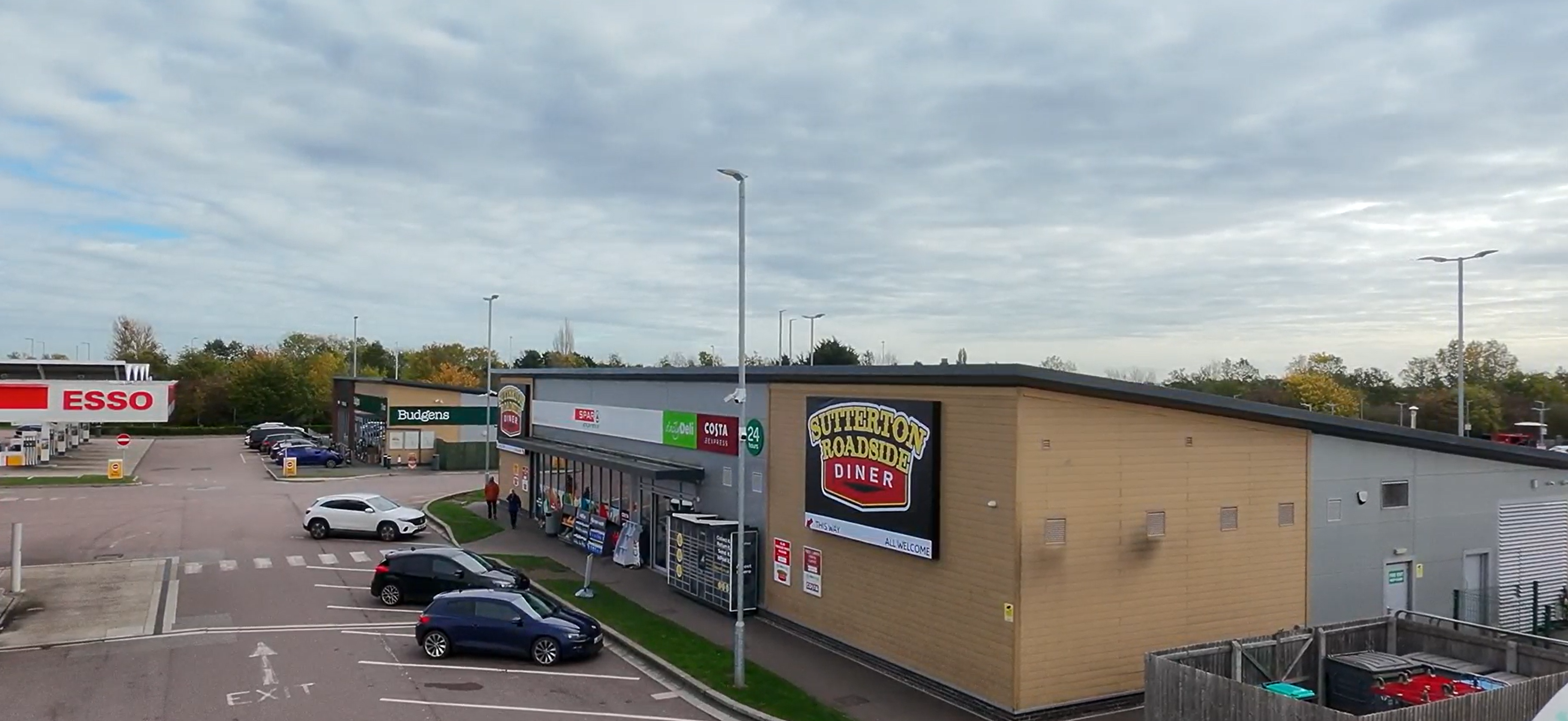
Guest
Hoe de Britse infrastructuurfinanciering de mobiliteitsindustrie kan beïnvloeden
Gemaakt: 02-07-2025
•
Bijgewerkt: 03-07-2025
Na jaren van versnipperde investeringen en toenemende verkeersopstoppingen heeft de Britse regering toegezegd de komende tien jaar meer dan 700 miljard pond aan infrastructuur uit te geven - een groot deel daarvan is bestemd voor de wegen in het land. Van nieuwe vrachtcorridors tot geavanceerde digitale verkeerssystemen, de impact van de 10-Year Infrastructure Strategy op commerciële bestuurders en de bredere mobiliteitsindustrie zou wel eens transformerend kunnen zijn.
Wegen bereiken breekpunt
Wegen zijn slechts één onderdeel van de transportmix van het Verenigd Koninkrijk, maar ze vervoeren de overgrote meerderheid van de goederen. Volgens gegevens van de overheid wordt 81% van het binnenlandse vrachtvervoer en 75% van de import en export over de weg vervoerd, waardoor het de ruggengraat van de Britse logistiek en economie vormt.
En hoewel het Strategic Road Network (SRN) qua lengte iets meer dan twee procent van het Britse wegennet uitmaakt, vervoert het 34% van alle wegritten - waaronder veel van de meest tijdgevoelige, volumineuze vrachtroutes. Voor de chauffeurs die er gebruik van maken, hebben de staat en capaciteit ervan een directe invloed op de veiligheid, efficiëntie en leveringsprestaties.
Uit gegevens van de Road Condition Index (RCI) blijkt echter dat ongeveer 24.500 mijl - meer dan één op de 10 mijl - van het netwerk in Engeland en Wales in de komende 12 maanden waarschijnlijk onderhoud nodig heeft.
Een aantal recente noodsluitingen van bruggen heeft nog eens extra duidelijk gemaakt hoe kwetsbaar het netwerk is geworden. In sommige gebieden hebben gescheurde draagconstructies en tientallen jaren oud beton gevaarlijke omstandigheden gecreëerd voor alle weggebruikers - vooral voor vrachtwagens, die vaak als eerste te maken krijgen met gewichtsbeperkingen of gedwongen omleidingen.
De regering heeft hierop gereageerd met een nieuw fonds van 1 miljard pond om verslechterde bruggen, kruisingen en viaducten te repareren en te herbouwen als onderdeel van haar infrastructuurstrategie. Het is een welkome stap - en een die de groeiende druk van de industrie weerspiegelt. Voor professionele chauffeurs zou het kunnen betekenen dat ze minder omwegen hoeven te maken, minder plotselinge beperkingen hebben en minder tijd kwijt zijn aan infrastructuur die niet geschikt is voor moderne logistiek.
Maar veiligheid gaat niet alleen over het vermijden van catastrofale storingen. Het gaat ook om veerkracht op lange termijn - ervoor zorgen dat wegen, bruggen en uitwijkhavens goed worden onderhouden voordat ze een gevaar worden. Deze hernieuwde aandacht voor onderhoud geeft aan dat het onderhoud van wegen eindelijk kan worden aangepast aan de omvang, grootte en snelheid van de voertuigen die ervan afhankelijk zijn.

Het probleem van kuilen
Terwijl spraakmakende projecten de aankondigingen domineren, is het vaak de dagelijkse staat van het wegdek die de grootste impact heeft op chauffeurs. Voor transportbedrijven zijn kuilen meer dan alleen maar een last - ze zijn een blijvend gevaar voor de veiligheid en een dure last.
Herhaalde blootstelling aan oneffen oppervlakken verhoogt de slijtage van vrachtwagens, beschadigt banden en ophanging en draagt bij aan vermoeidheid bij de chauffeur. In sommige gevallen heeft schade door kuilen ertoe geleid dat voertuigen van de weg moesten voor noodreparaties, waardoor leveringen werden verstoord en serviceovereenkomsten werden aangetast.
Voor bestuurders zijn de risico's persoonlijk. Proberen kuilen te ontwijken - vooral op smalle of drukke wegen - kan leiden tot gevaarlijke manoeuvres. Voeg daar slecht weer, beperkte verlichting of krappe afleverschema's aan toe en de inzet wordt alleen maar groter.
Als onderdeel van haar bredere inspanningen op het gebied van infrastructuur heeft de regering 1,6 miljard pond toegewezen als onderdeel van het Plan for Change om de lokale infrastructuur te verbeteren, waaronder gaten in de weg, gebarsten oppervlakken en versleten rijbanen. Het doel is om de wegen veiliger en betrouwbaarder te maken, vooral op routes waar veel vracht wordt vervoerd.
Het probleem is niet van de ene op de andere dag opgelost, maar het markeert een verschuiving in de prioriteiten - de erkenning dat het welzijn van de bestuurder begint bij de basis en dat een veilige, comfortabele reis afhangt van goed onderhouden wegen.
De voordelen voor wagenparken zijn onder andere minder ongeplande reparaties, minder verzekeringsclaims en minder stilstand van de bestuurder. Voor chauffeurs betekent het minder schokken, minder stress en een ding minder om zich zorgen over te maken tijdens een lange dienst.
Een betrouwbaar netwerk
Het welzijn van de chauffeur staat centraal in het moderne transportgesprek. Lange uren, vertraagde dienstregelingen en ontoereikende faciliteiten hebben hun tol geëist. Maar de nieuwste plannen van de regering bieden hoop op een veiliger netwerk met betere verbindingen.
In het hele Verenigd Koninkrijk hebben chauffeursfaciliteiten moeite om de vraag bij te benen. Er is vaak weinig parkeergelegenheid, de dienstverlening is overbelast en veel rustplaatsen bieden te weinig comfort en veiligheid - vooral voor langeafstandstransporten. Daarom is de overheid ook bezig met het verbeteren van de rijomgeving: veiliger parkeren, betere welzijnsvoorzieningen en hervormingen in de planning om de ontwikkeling van nieuwe locaties te versnellen.
Tegelijkertijd wordt er steeds meer geïnvesteerd in oplaad- en tankstations voor elektrische en waterstofvrachtwagens. Moto heeft bijvoorbeeld toegezegd om meer dan 300 elektrische laders voor vrachtwagens te installeren op 23 locaties langs de snelweg, terwijl Ashford Truckstop wordt omgetoverd tot een belangrijk oplaadpunt voor vrachtvervoer over het Kanaal. Deze faciliteiten zijn er niet alleen om voertuigen in beweging te houden - ze bieden chauffeurs veilige, goed uitgeruste plaatsen om uit te rusten en zichzelf op te laden.
Als uw chauffeurs op zoek zijn naar een veilige plek om te stoppen, kunnen ze met onze intruck app rustplaatsen in het Verenigd Koninkrijk en Europa vinden en boeken. Meer informatie en hier downloaden

De kosten van files
Files, onvoorspelbare routes en de druk om op tijd te leveren dragen bij aan stress en vermoeidheid bij chauffeurs - en ze maken de weg gevaarlijker.
Grote infrastructuurverbeteringen zoals de Lower Thames Crossing, de verbreding van de A66 en de verbeteringen aan de M60 Simister Island zijn bedoeld om de congestie te verminderen en het risico op ongelukken op een aantal van de meest beruchte knelpunten in het Verenigd Koninkrijk te verkleinen.
Daarnaast wordt er nog steeds hard gewerkt aan de introductie van digitale hulpmiddelen die veiliger en vlotter rijden mogelijk maken. Real-time verkeerswaarschuwingen, slimme detectiesystemen en beter verkeersbeheer zullen wagenparkbeheerders en chauffeurs helpen om snel te reageren op verstoringen en om te leiden waar nodig.
Het National Highways' Digital Roads programme legt al de basis, met slimme infrastructuur die gevaren eerder kan detecteren, verkeersstromen intelligenter kan beheren en duidelijkere, realtime updates kan communiceren.
Wat betekent dit voor mobiliteit?
Een stap voorwaarts voor mobiliteit en het welzijn van bestuurders. De gecoördineerde nationale inspanning om de achterstand in de Britse infrastructuur aan te pakken en de wegen te moderniseren op een manier die ten goede komt aan de bestuurders die er het meest van afhankelijk zijn.
De echte test zal de uitvoering zijn. Om de financiering om te zetten in tastbare verbeteringen moet er worden geluisterd naar bestuurders, moet er worden geleerd van ervaringen uit het veld en moet succes worden afgemeten aan hoe de wegen aanvoelen - niet alleen aan wat ze kosten.
"Deze nieuwe investeringsgolf gaat niet alleen over het verkorten van reistijden," zegt Stuart Willetts, UK Business Development Manager bij SNAP. "Het gaat om het bouwen van een transportnetwerk dat het welzijn van de bestuurder, operationele efficiëntie en de overgang naar schone mobiliteit ondersteunt. We kunnen niet wachten om de resultaten te zien."
Wil je zien hoe mobiliteit zich ontwikkelt waar jij bent?
Gebruik de SNAP-kaart om diensten en oplossingen te vinden bij jou in de buurt - op welke weg je ook zit.



